Within the framework of the “Autumn Memories” Program at the Thang Long Imperial Citadel Heritage Site ( Hanoi ), on October 6, the launching event of the photo book “We bring back the glory and strength of the nation” (Hanoi National University Publishing House) took place. The book not only brings viewers many valuable visual documents about the process of taking over and liberating the Capital, but also inspires the history from the fall of 65 years ago to the proud atmosphere in the fall of this year, at the Commemoration Ceremony of this heroic event.
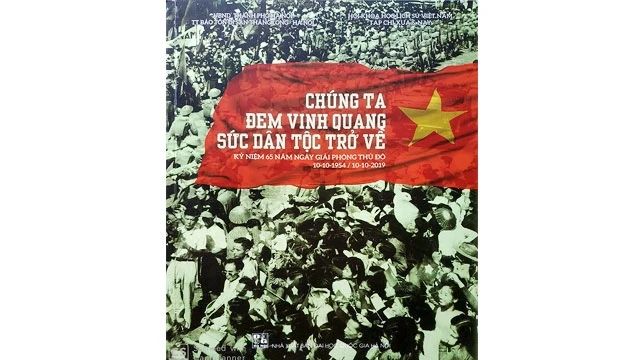
Book cover "We bring back the glory of the nation".
Valuable, honest and special documents The book's title is taken from a line in the song "Marching to Hanoi" full of optimistic, heroic and proud inspiration, composed by musician Van Cao in 1948 during the fierce and arduous days of the resistance war. The sublimation of emotions from both the melody and lyrics in the song by the talented musician has surpassed time to be present on October 10, 1954 throughout the inner city streets and the suburbs of Hanoi. The photo document conveys those emotions. The book "We bring back the glory and strength of the nation" has comprehensive content and many special features. The story is told through 158 photos that are not limited to the moment of Hanoi's liberation but began before that, from the painting by artist Le Van Xuong (1917 - 1988) who drew the cover for Tia Sang magazine, special issue of Xuan Giap Ngo (1954). The painting has a symbolic meaning in the context of the French colonialists still controlling Hanoi, depicting the hero Quang Trung in a plain suit riding a horse, trampling over fallen enemies, heading towards the Thang Long citadel with the Hanoi Flag Tower in the distance in the mist. The "unusual" details were understood and silently appreciated by viewers: King Quang Trung did not ride an elephant (as usual) but rode a horse - corresponding to the year of Giap Ngo and although the description said that the painting commemorated the 165th anniversary of Quang Trung's great defeat of the Qing army in the spring of Ky Dau (1789), the detail "Flag Tower" said that it was Hanoi citadel - because the Flag Tower was only built later during the Nguyen Dynasty. And the message the painting conveyed to viewers gradually became clear: In the year of Giap Ngo, Thang Long would be liberated. The story was told sequentially as follows: Hanoi when the French army withdrew; The atmosphere of preparation and the moment of takeover; The historic flag-raising ceremony. But it does not stop there, the story of the liberation day continues and expands with images on the topics of the International Commission; Journalism and After the Takeover. Another special thing is that the authors of the valuable documentary photos in the book are mostly people from “old” Hanoi. They were "playboy" photographers who were quite famous at that time: Mr. Nguyen Duy Kien - a master amateur photographer, Mr. Phan Xuan Thuy - owner of the famous International Photo Studio, Mr. Huu Cay - later became famous as a professional photographer, Mr. Doan Ngo on Hue Street, Mr. Dang Tran Phat - an architect on Hang Gai Street, Mr. Trinh Dinh Tien - son of the owner of Thanh Duc glass factory on Hang Bo Street, Mr. Vu Van My (Cu Dat) on Hang Bong Street, Mr. Le Suu on Hang Dao Street, teacher Than Trong Ninh - who was a student at that time, scientist Nguyen Phuc Giac Hai, Mr. Nguyen Van Lam... The photos they took by themselves everywhere during the time of taking over Hanoi with fresh and full emotions have now become invaluable documents. Over time, the photo collection about the Capital Liberation Day has been enriched by foreign reporters (from Life, Getty-images) or collectors (Manh Hai). These new materials have also been added to the book. Passing on strong historical emotions Images are the most faithful source of historical past preservation and documentary images also pass on strong historical emotions to many generations. At the photo book launch event, many generations in attendance had many emotions when viewing the precious documentary images. Colonel Nguyen Huy Du, 87 years old, living at 172 Quan Nhan Street (Nhan Chinh, Hanoi) emotionally said: “During the difficult years of the resistance war, when we left the capital, we swore that we would “definitely return one day”. In Dien Bien Phu, I was the artillery company commander. And when I returned to Hanoi, the national flag was hung, fluttering proudly on top of the flagpole. Today, recreating the atmosphere of the flag-raising ceremony that year and meeting my old comrades, I feel extremely moved, as if I were reliving the great national holiday of 1954. Looking at the photos in the book, I feel like I am seeing with my own eyes what happened that day. I am so moved, I cannot control myself…”. The emotions of many students are directed towards the future, with the study of History. Nguyen Huy Sang, a 6th grader at Giang Vo Secondary School, said: “Today, I came here with my parents to celebrate the 65th anniversary of the Capital Liberation Day on October 10 and to see the documentary photo book “We bring back the glory of the nation”. This is the first time I have seen authentic photos of the historical time of the Capital Liberation, during the time of my grandparents. I really like learning history like this”. Ngo My Uyen, a 5th grader at Phan Chu Trinh Primary School, said: “I have learned at school and heard a lot of information about October 10 through the stories of my parents and teachers. But coming here, I have met many war veterans and heard stories about the heroic war of the nation. I like events held on such an important occasion”.
Nhandan.vn
Source: https://nhandan.vn/nhung-hinh-anh-tu-lieu-dac-biet-gay-nhieu-xuc-dong-post373197.html

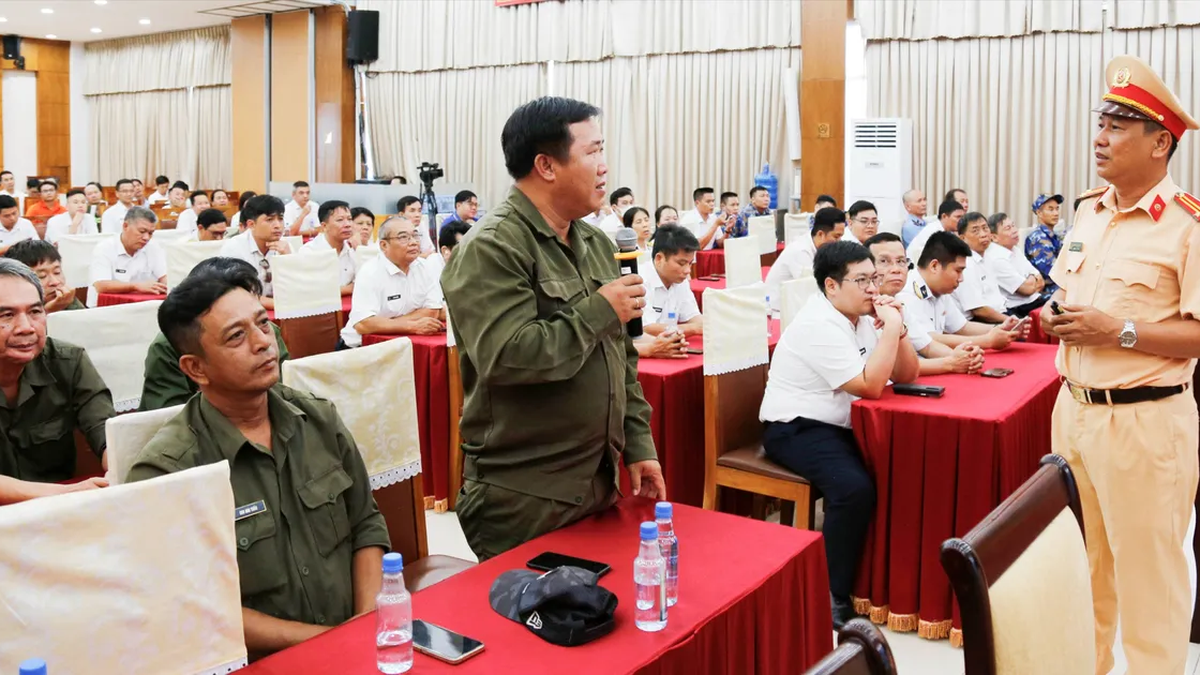
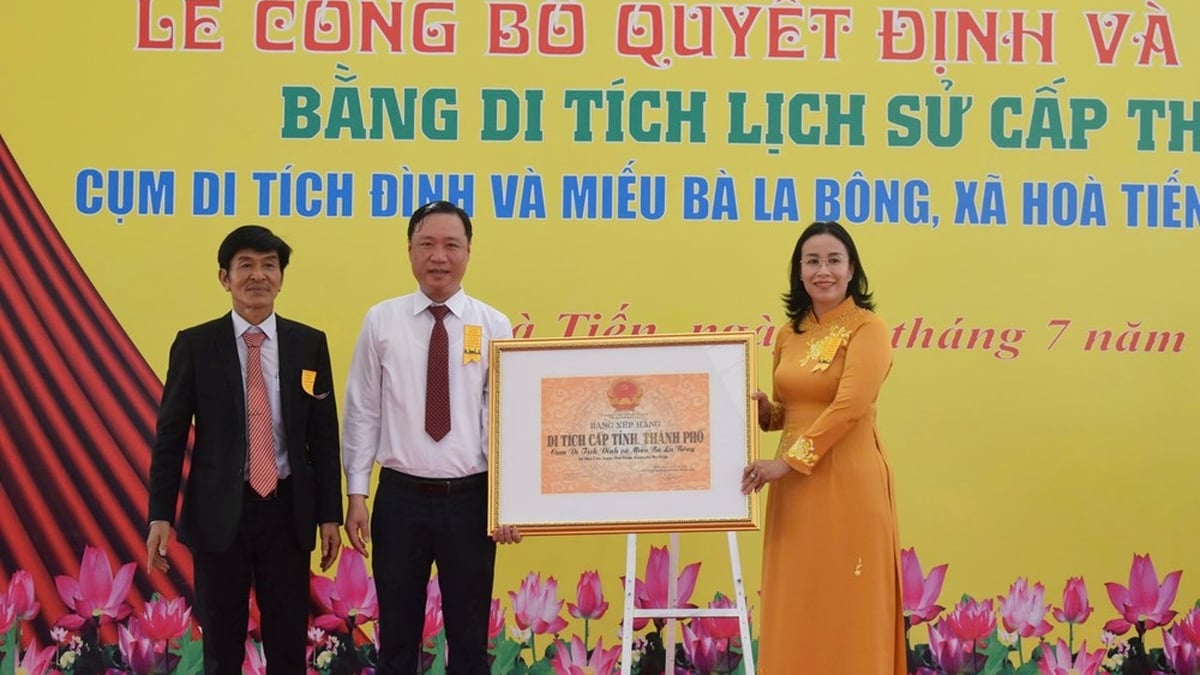

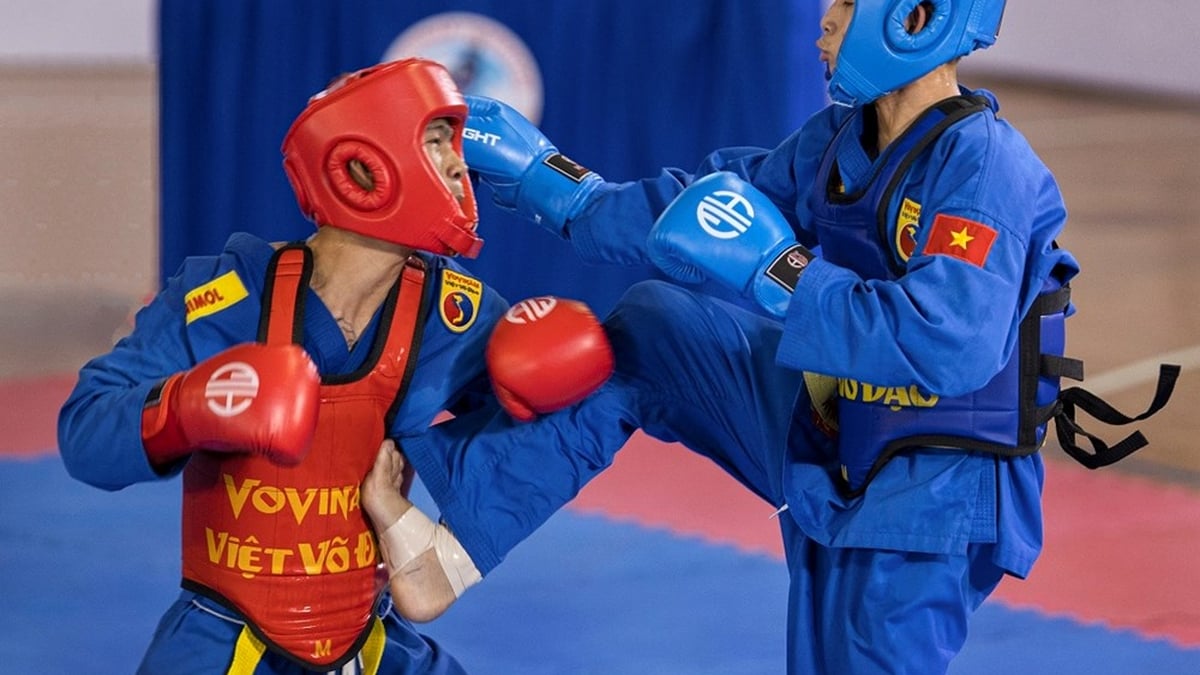
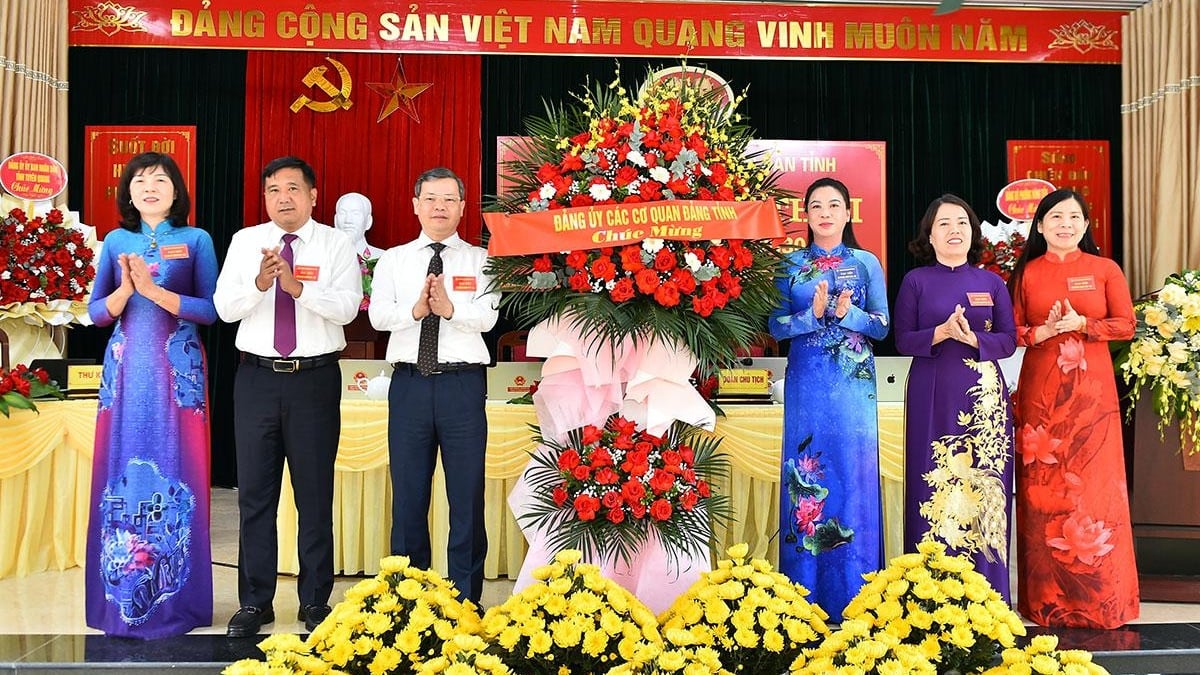
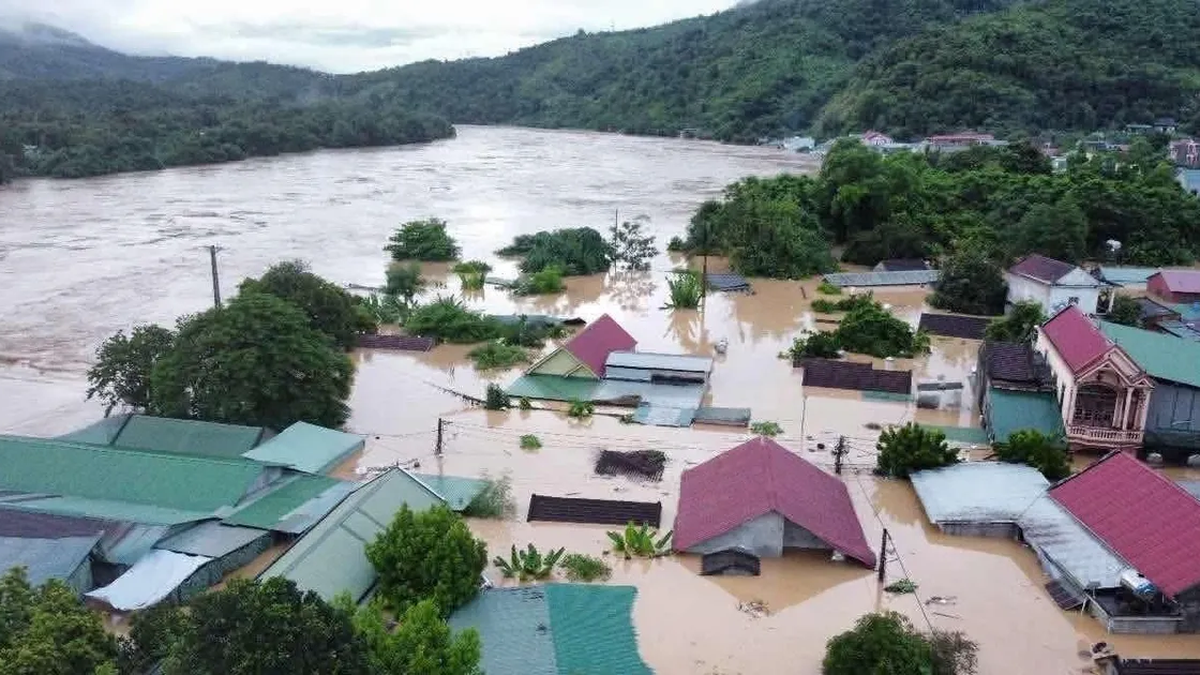

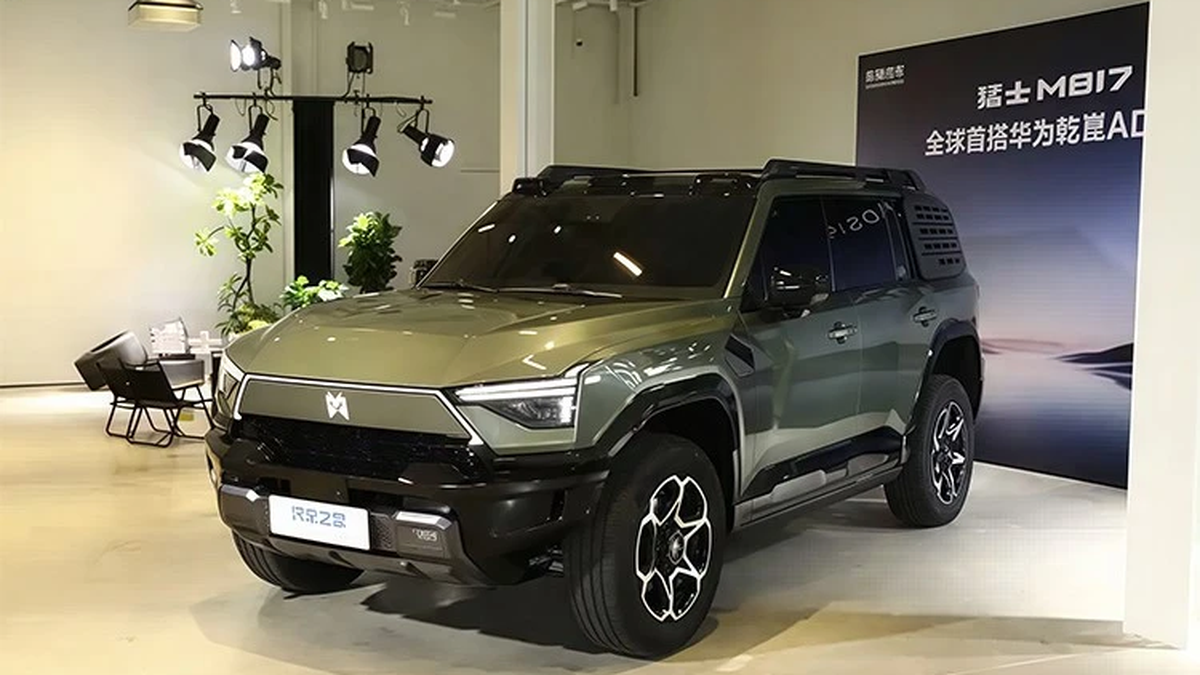

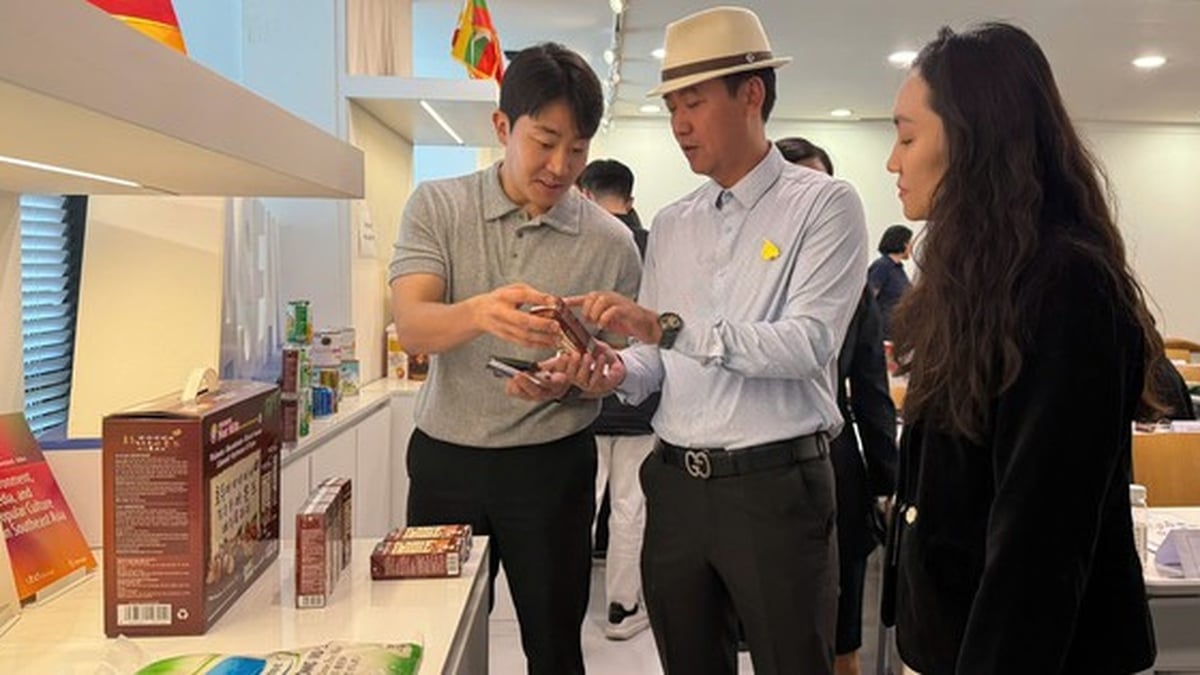




















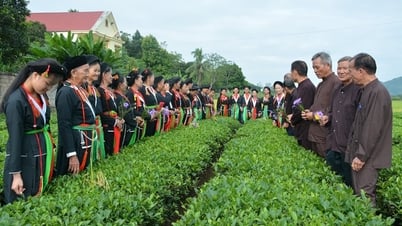

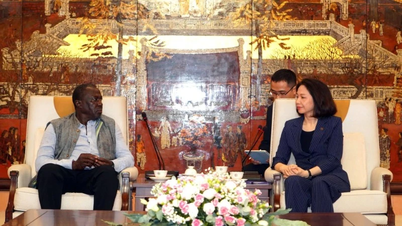


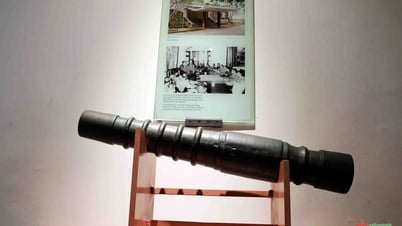

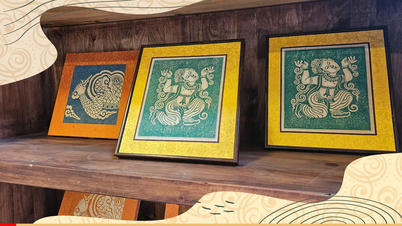

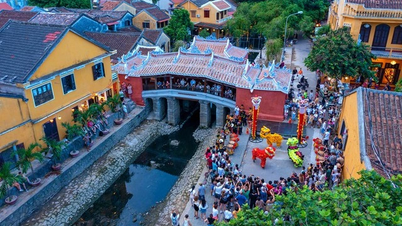

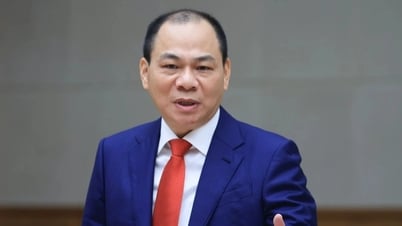

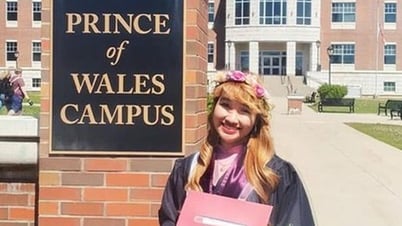




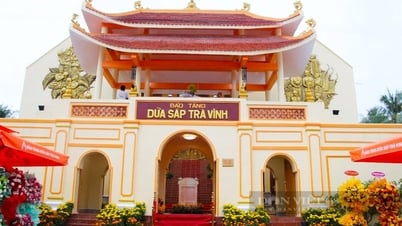




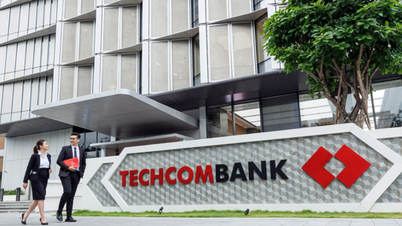
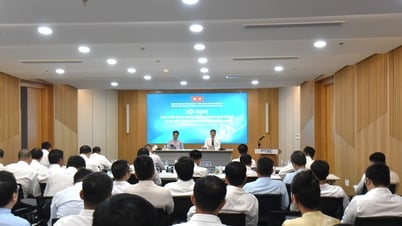

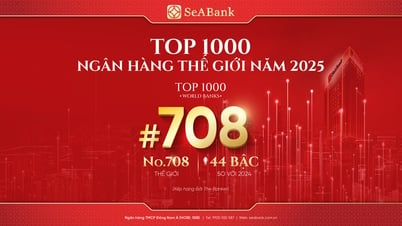
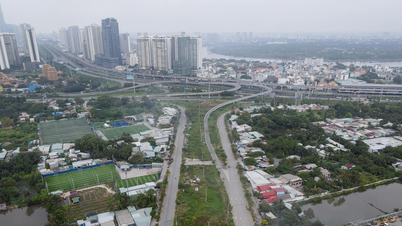





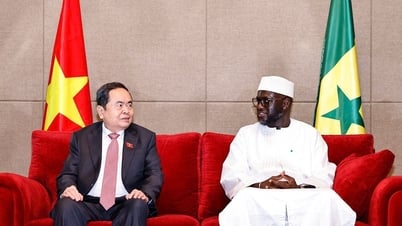
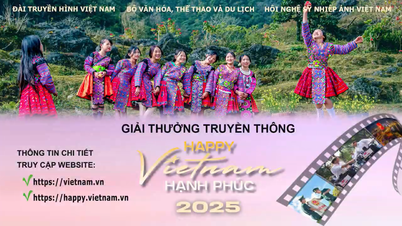
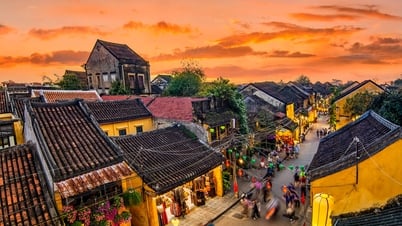

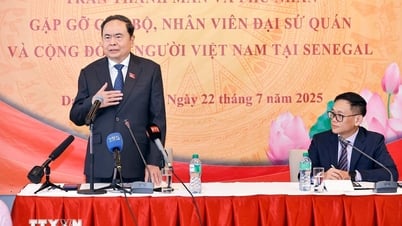


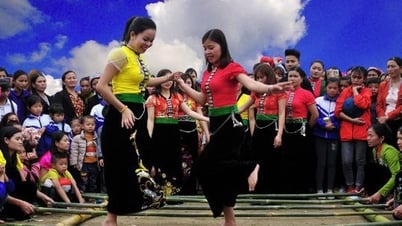
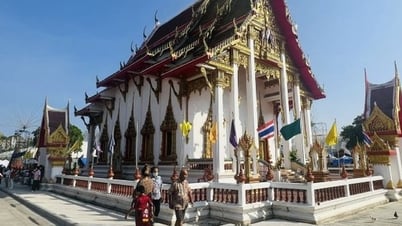
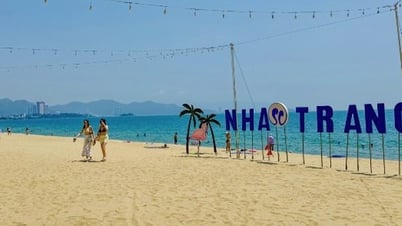
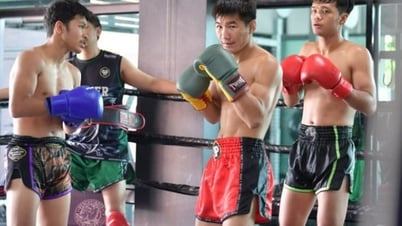
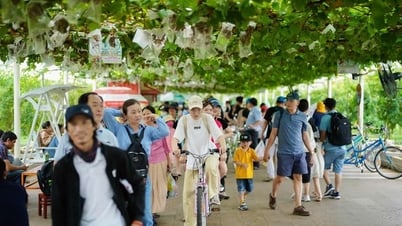








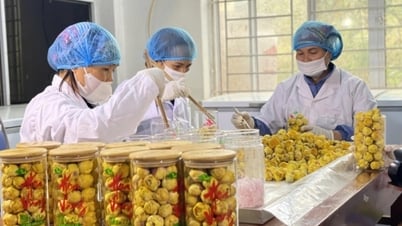








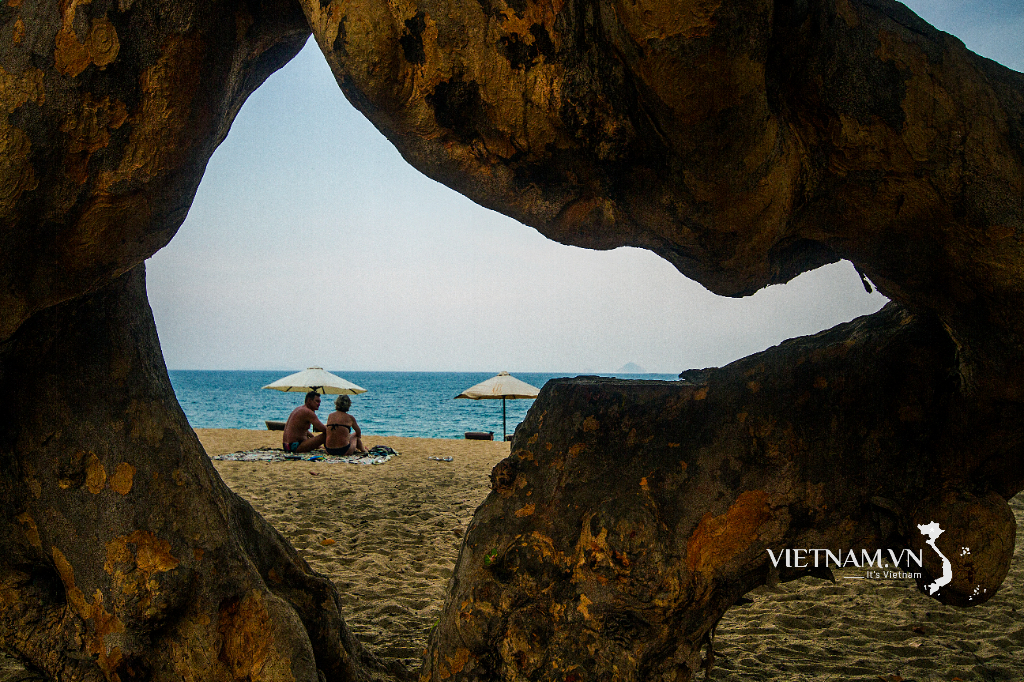

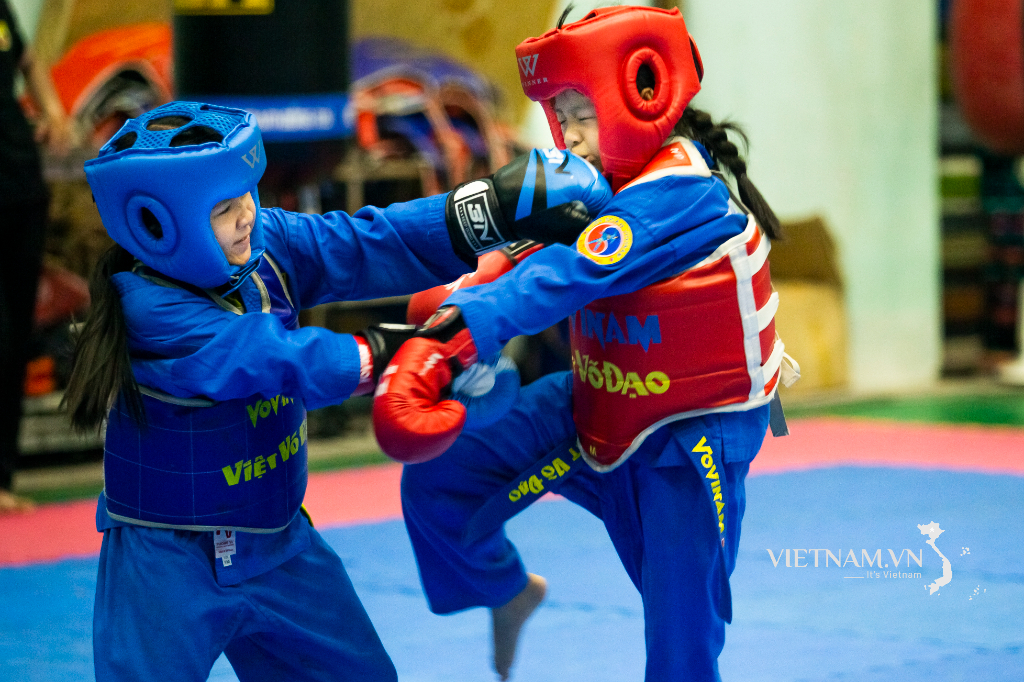
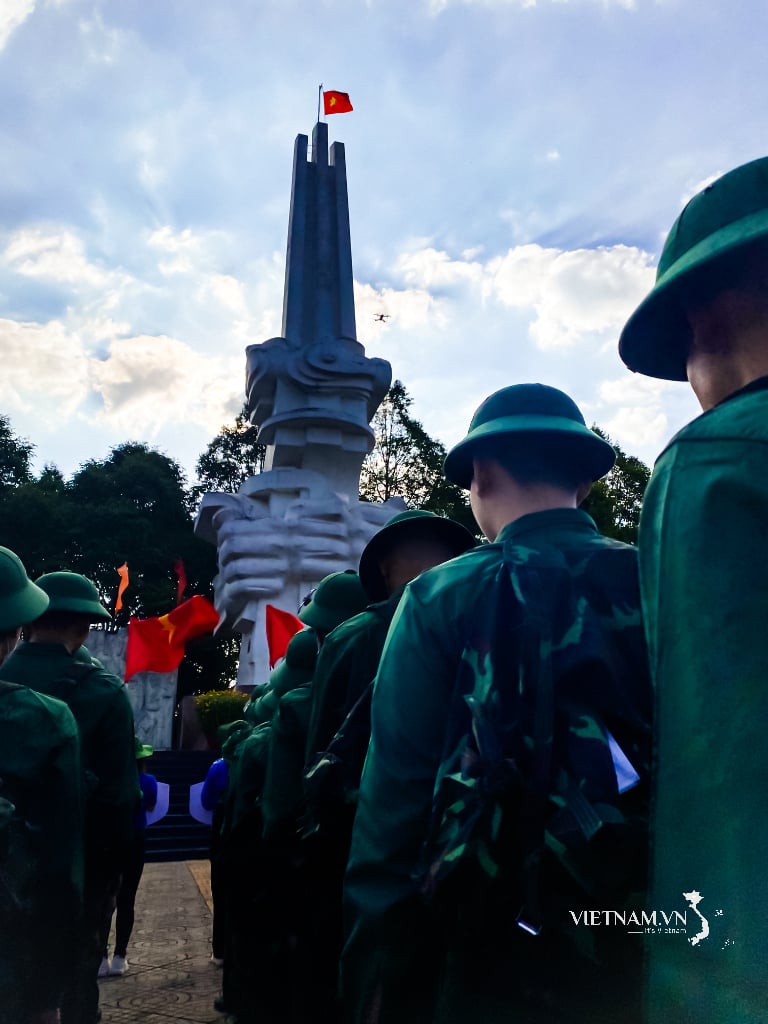
Comment (0)